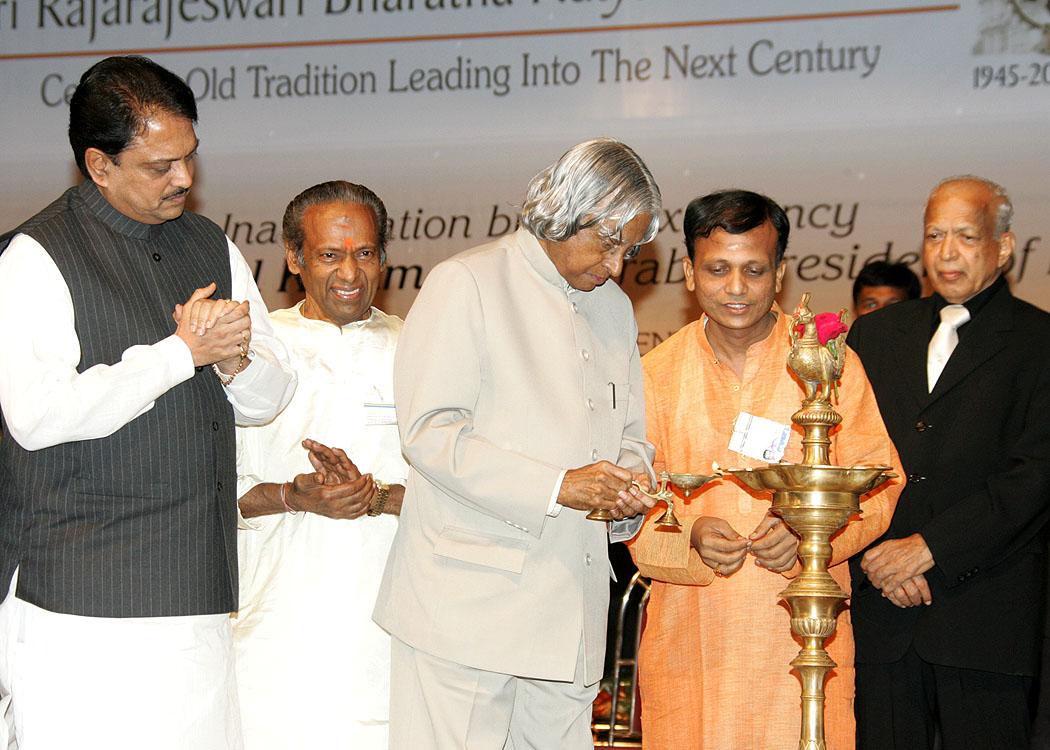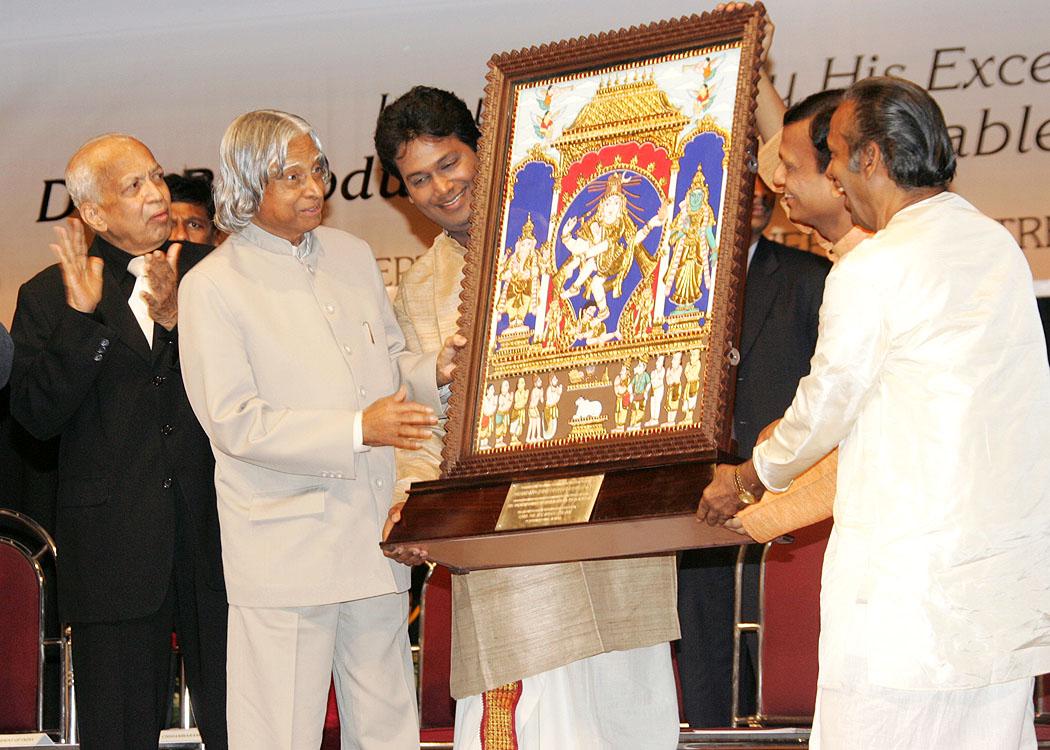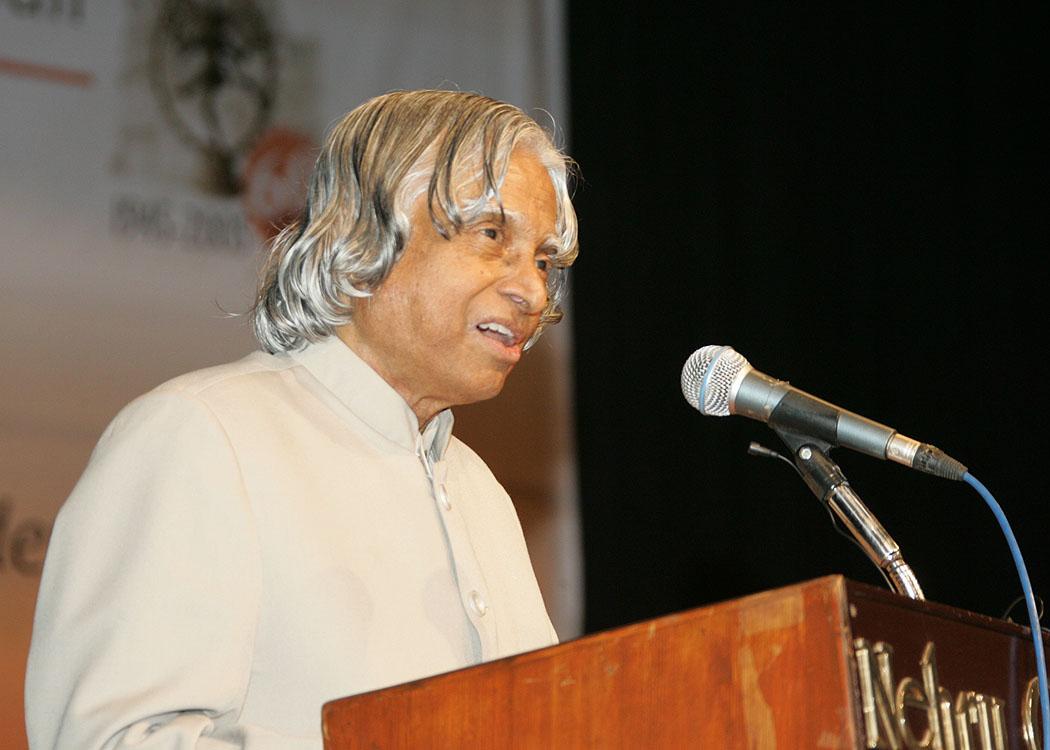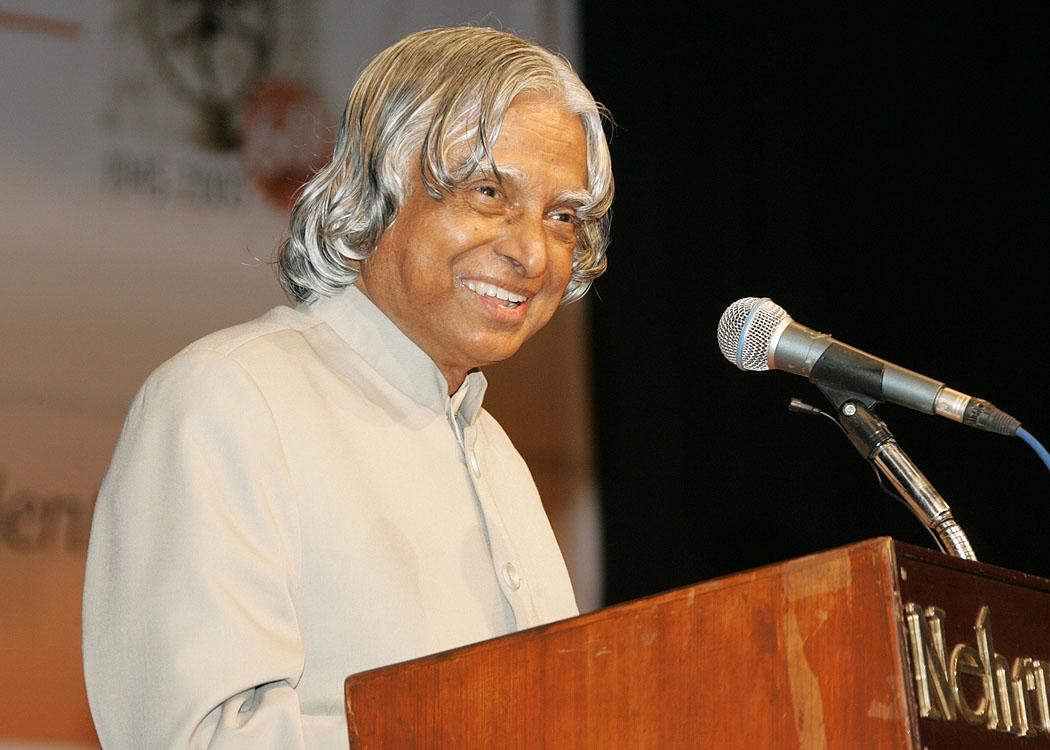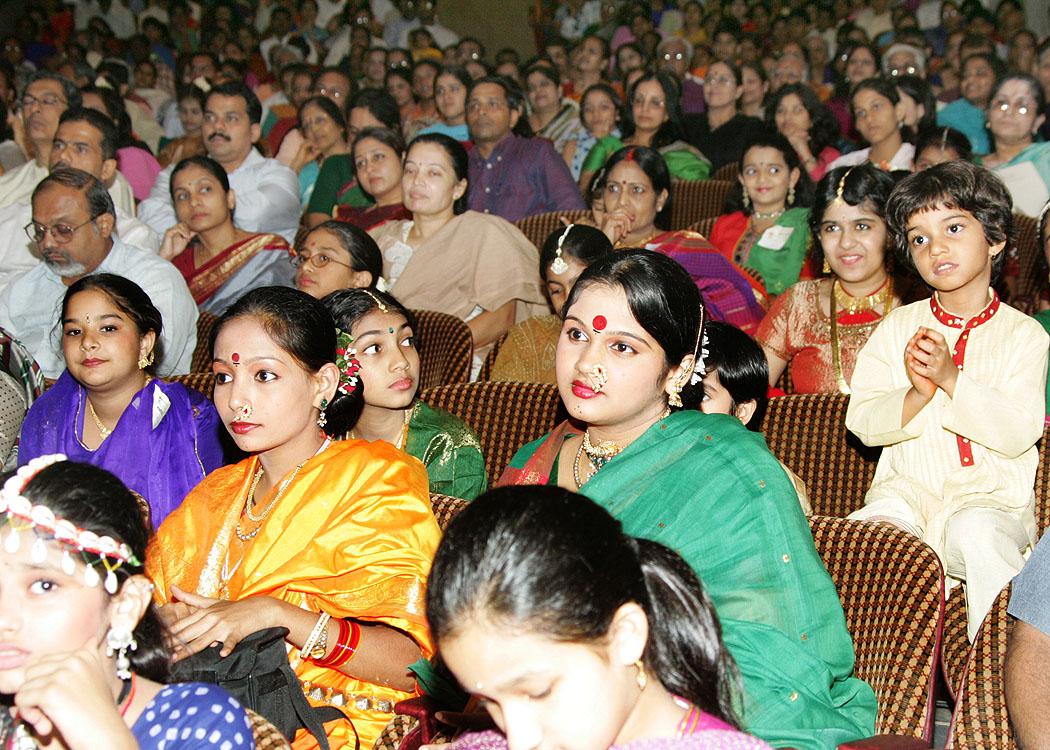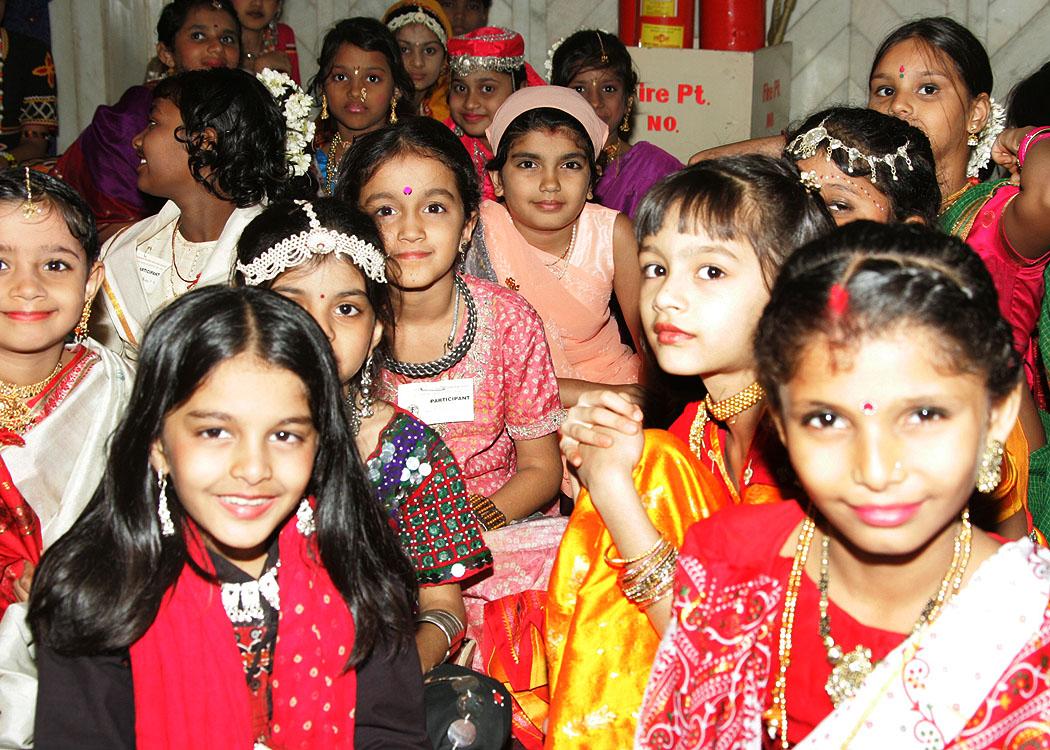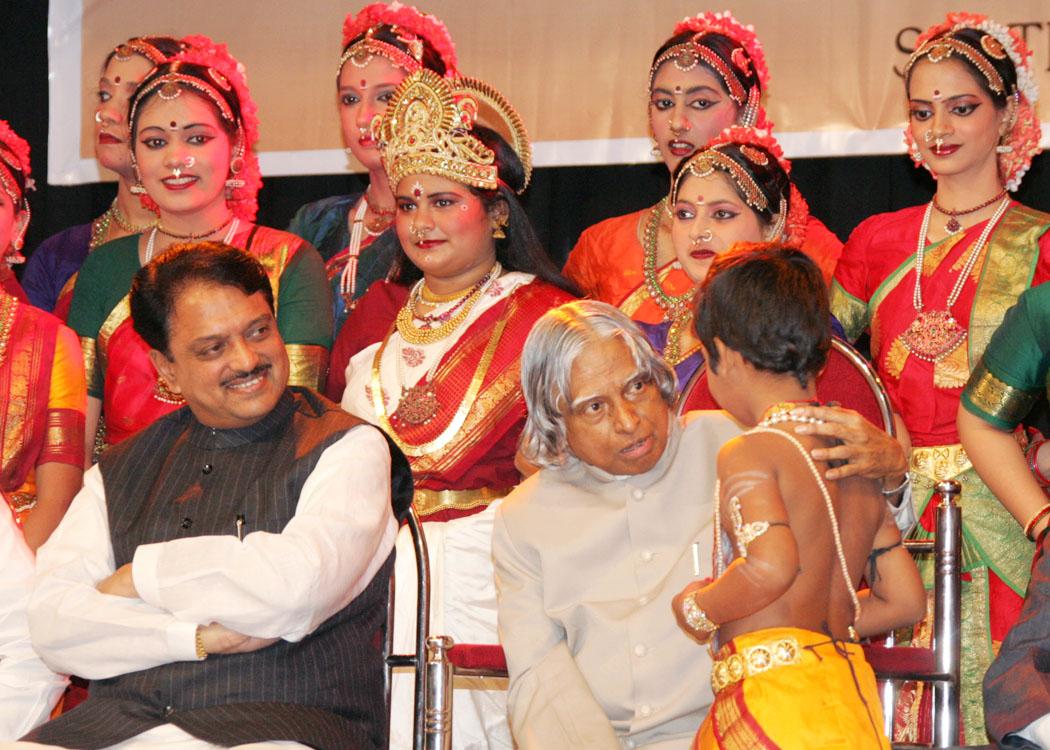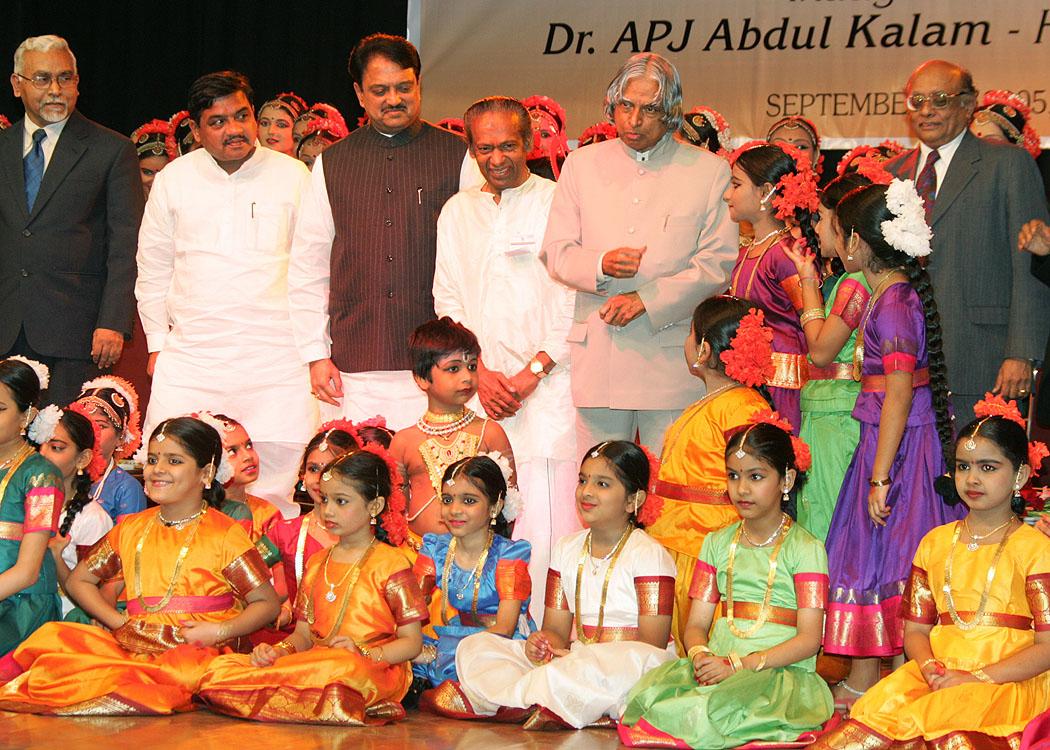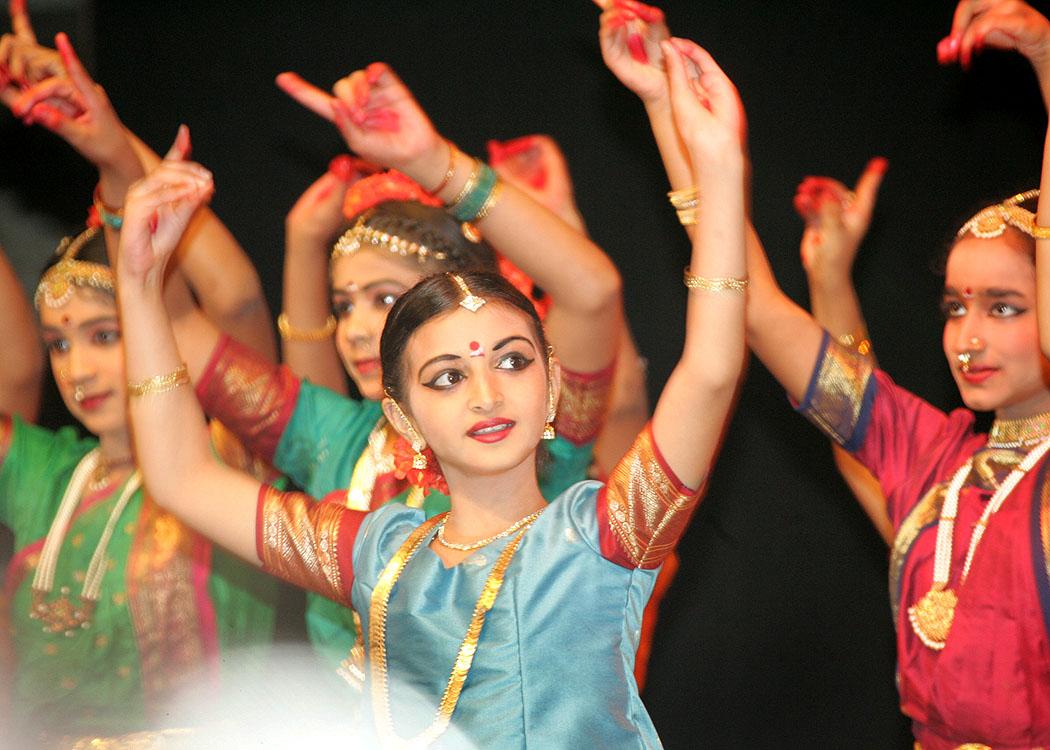Address At The Inauguration Of The Diamond Jubilee Celebrations Of Sri Rajarajeswari Bharatha Natya Mandir, Mumbai
Mumbai : 12-09-2005
Bharathanatyam: The multifaceted art
I am delighted to participate in the inauguration of the Diamond Jubilee Celebrations of Sri Rajarajeswari Bharatha Natya Kala Mandir. I greet the Nattuvanars, organizers, musicians, bharathanatyam artists, theatre artists and distinguished guests and the organizers. Fine arts, such as music, dance, drama and theatre are all creative activities. Art is born out of creativity. Institutions like Sangeet Natak Akademi, Indian Council of Cultural Relations and many other music and dance academics are promoting fine arts in the nation. The mission of institutions has to be to spot the best talent and nurture. Fortunately, in India we had a few inspired minds who took up the cause of music, dance and other art forms. In spite of encountering many problems in promoting music, art or other forms they became friends of these arts and went all out for preserving the arts. I can see the contribution of such pioneers who were behind the birth of Sri Rajarajeswari Bharatha Natya Kala Mandir. They have created and nurtured the institution with extraordinary commitment and hard work. Bringing out the best from the spotted talent and keeping the art continuously developed maintaining its purity is a very big mission which they have done successfully over the last sixty years. My greetings to all of them.
Over the years the Natya Kala Mandir has trained and nurtured over a thousand students. I understand that some of the students of this Kala mandir have set up institutions in different parts of the world. When I think of Bharathanatyam I find that every nrittha and abhinaya of the performer has a special purpose and meaning. Today, I would like to talk on the topic "Bharathanatyam: The multifaceted art". Let me share with you a dance-drama performance experience.
Power of Dance
On 3rd August 2005 we had a dance drama performance by the children of Sri Devi Nrithyalaya from Chennai. The theme was Bal Ramayan. In a short duration of twenty five minutes the children could explicitly depict all the events from the time Maharishi Vishwamitra takes Rama and Lakshmana to his ashram till Sita Swayamvaram. The dancing children emoted so beautifully that they made all of us to live and witness as it happened in the days of Ramayana. I vividly recall the buoyancy of the child who played the role of Thadaka and frightened all of us like a demon. Another scene which I remember is Ahalya vimochan. The girl who played the role of Ahalya performed so well that we all felt that Ahalya actually came alive. Such was the power of her eyes. The synchronism and co-ordination between the story, script writer, costume designer, song, music, Nattuvanars and the dancing children in the neighbourhood of the green expanse of the east lawns of the Mughal Garden created an ambience of festivity and gave a perfect grand finale to the dance.
Music and dance integrates
When I visited South Africa I attended a cultural programme at Chattsworth. There I saw a fusion dance in which Zulu dance form, Indian dance form and Ballet was presented in an excellent fashion. The coordination between the artists and the rhythm of music was enchanting. In the same programme, one native African, Patrick sang a Carnatic music kriti in Hamsadwani raga. It was a beautiful rendering. Such fusion demonstrates the principle that music and dance do not have any borders. When everywhere there is division and divisions, music and dance are the only phenomena which unite people.
Drama and Theatre
Drama has been a great form of entertainment for invigorating the minds of people. It can be a powerful medium for messages and planting excellent imaginative thoughts for young and old. When I was in school, I have seen many dramas being enacted in the schools and even outside. This form of art has been under great pressure due to cinema, TV and multimedia, which have their own role. But we need to recapture many of our ancient drama forms, and rich traditional stories embedded in them.
I would like to explain my personal experience in native theater of arts. During the period 1985 to 1999, quite often I used to travel by road from Bhubaneshwar to Chandipur in Balasore District of Orissa. It is a five hours drive from Bhubaneshwar air port. In this journey I used to pass through a number of villages covering at least five districts of Orissa, during the nights. During the Navratri period it used to be a beautiful scene of dance, music and drama played by village artists in front of different images of the Goddess Durga throughout this route. This used to be a great musical and happy meeting of the citizens of that area and it also generated a large number of local talents. Similar festivities are observed in Mumbai every year during the Ganesh Chaturthi festival which is presently in progress. The Nattuvanars visiting such functions will be in a position to recognize the local talent and provide them training so that they can spread the noble art scientifically .
Encouraging Young Artists
I have briefly discussed earlier about the spreading of the classical dance, music and drama to the masses. There is another crucial problem needing urgent solution. There are many young artists from all over the country especially from smaller towns and villages. For them to pursue artistic profession even on part time basis is a difficult job. There are many entry barriers. Sri Rajarajeswari Bharatha Natya Kala Mandir can provide patronage to such people and encourage them to flourish in this profession. If talented youth from different walks of life are facilitated to enter into Bharathanatyam, the richness and diversity of the Indian art forms will get the much needed nourishment.
Rashtrapati Bhavan Experience
To pay tribute to the India's Cultural heritage and to celebrate performing art, a series of cultural programmes organised under the auspices of "Indradhanush". The aim of "Indradhanush" is to acknowledge the contribution of the renowned as well as the young artists. So far, we have organized eighteen such programmes. It started with the performance of Pandit Jasraj. He sang among other bhakti geets, Govind Damodar and Mero Allah Meherbaan. In these series we have had five dance performances by Sonal Mansingh, Saroja Vaidyanathan, Swapna Sundari, Manjiri Chaturvedi, Latha and Geetha. I recall the performance by Saroja Vaidyanathan along with her daughter-in-law, they danced to the songs of the revolutionary poet Subramania Bharathi. They depicted the various manifestations of the phenomenon as a social reformer, revolutionary poet, musical prodigy and a lover of nature. His intense emotions were portrayed by Saroja Vaidynathan poignantly, with deep compassion. I also remember the dance performance of Sonal Mansingh where through her vibrant steps she saluted the motherland. The nationalist fervour was depicted so beautifully through her soulful performance that the audience were elevated to the realm of absolute bliss for a few moments.
I would like to share with you my experience with two Nadaswaram Vidwans - Sheikh Mahboob Subhani and Smt. Subhani. They gave a beautiful Nadaswaram recital at Rashtrapati Bhavan. After the recital I requested the couple to perform for the differently abled children, whenever they get an opportunity. They made it a point to perform for some of our special children in Chennai and I understand that it gave lot of happiness to these special children and the artists themselves. This is a very noble cause and I would request the Bharathanatyam artists assembled here to follow this example and give happiness to the special children whenever they get an opportunity through their programmes.
Conclusion: Music, Dance, Drama for societal transformation
When we celebrate the Diamond Jubilee Celebrations of Sri Rajarajeswari Bharatha Natya Kala Mandir, I realize that we are recognizing and admiring the pioneering work done by people like Guru Govindaraja Pillai, Natyacharya Kuppiah Pillai and Guru Mahalingam Pillai who migrated to Mumbai and started this important art institution. The tradition is being maintained by descendents of these Gurus.
With this background, I have a dream which I am sure can take a shape with the support of this audience and institutions like Sri Rajarajeswari Bharatha Natya Kala Mandir. Just like Subramanya Bharatiar, Rabindranath Tagore who inspired this nation towards the freedom movement through their poetry, I would like to see the present day artists in Bharathanatyam to create a theme to visualize India becoming a developed, prosperous and peaceful nation. The theme, like the songs of Bharatiyar and Rabindranath Tagore, should be on the minds of all the citizen. The theme should also depict the dream of our young people living in a prosperous India, living in a safe India and living in a happy and developed India. Recently, I was talking to the Chief Minister of Chattisgarh. He has taken up development of Chattisgarh through Jatropha, a bio-fuel plant, in a big way. During our discussions he mentioned that awareness about Jatropha plantation among the farmers is being created through folk dances. Similarly, when I met Smt. Mrinalini Sarabhai in the Darpana Academy of Performing Arts at Ahmedabad I witnessed a dance-drama performance which depicted the social evils against women. I am sure this Natya Kala Mandir can also bring out such Bharathanatyam plays for motivating our young and providing the right code of conduct for the citizens to follow.
I am happy to inaugurate the Diamond Jubilee Celebrations of Sri Rajarajeswari Bharatha Natya Kala Mandir and wish all the members of this institution success in their mission of preserving, nurturing and promoting our Bharatha Natyam art form among the youth of our nation and give happiness to the people of Mumbai.
May God bless you.

